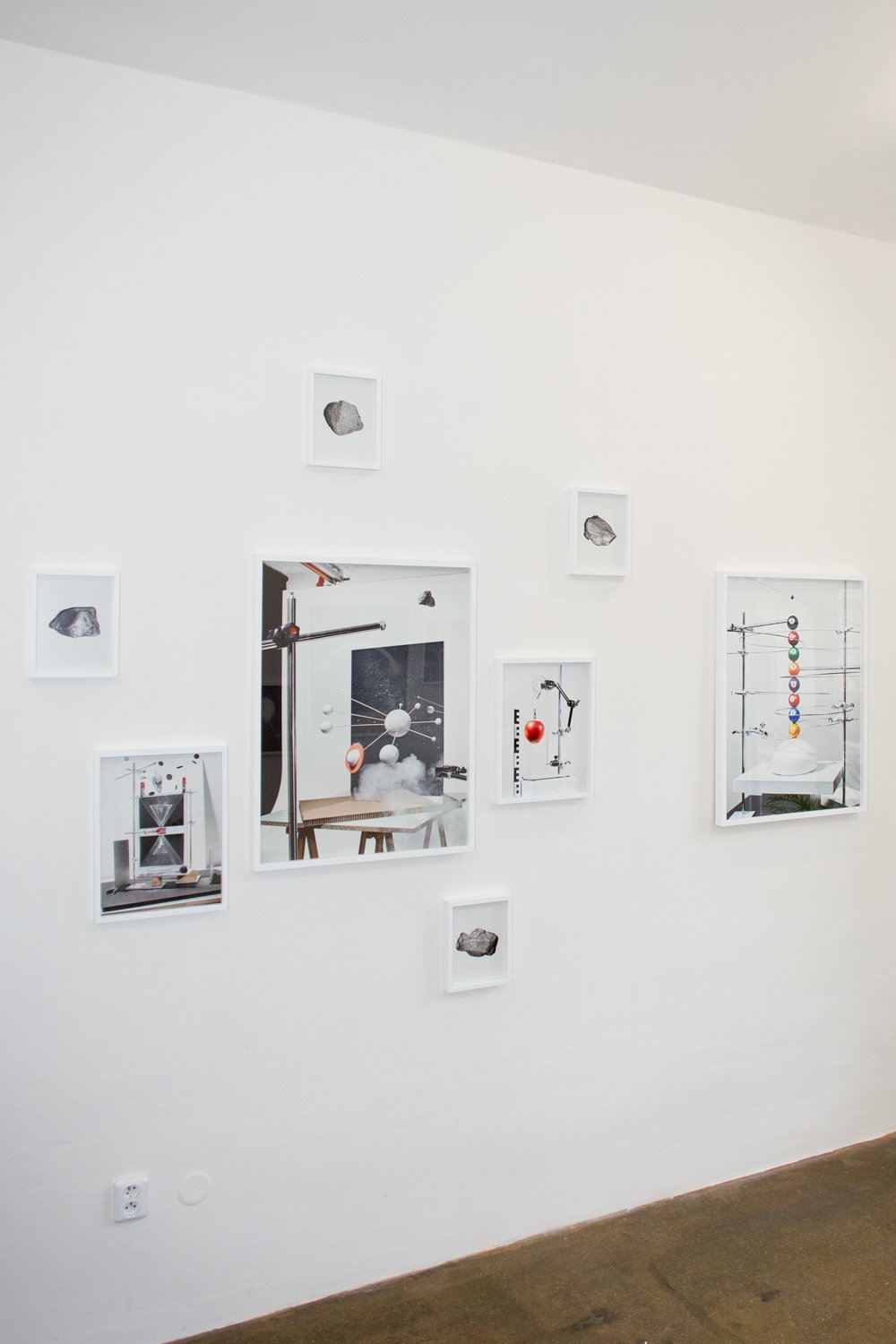Felix Schoeppner is a German Photographer, born in the 90’s and raised in south Hesse. In 2010 he started studying Communication Design at University of Applied Science Darmstadt with focus on photography. He graduated in 2021 with a mixed media project about nature and human perception, which is still ongoing. During his studies he assisted numerous national and international photographers where he learned a lot of technical things as well as all the other skills of a photographer. In his early career was working in the field of documentary and architecture photography. Meanwhile the focus of his work has shifted to the still life. His images represent the result of a work process in which he combines various techniques and materials into installations. His work impresses with a high degree of stringency and perfection, both in terms of content and implementation. For him, photography is part of a comprehensive process in dealing with questions of human perception.
A black hole is a place in space where matter is concentrated into an extremely small volume. As a result, strong gravity is created, seemingly swallowing up any form of matter. But where does all this matter end up? It is impossible to define how deep such a hole can be, as it can theoretically be infinite. The form in which the swallowed matter lies in it is also impossible to define.
Until now, mankind has not been able to hold black matter in its hands. We know that it exists, but ultimately only on the basis of measurements and with the help of a value-based representation. And whether we will ever be able to hold it in our hands like a pebble by the sea is quite questionable.
A wormhole is the possibility of an explanation of how two places in the universe could be connected by an alternative route. Especially in science fiction, this phenomenon is often presented as a portal for traveling in time or between different universes. But rather, it raises the question of the form in which something can escape at the other end, and whether it can leave again, as they are thought to be very unstable.




